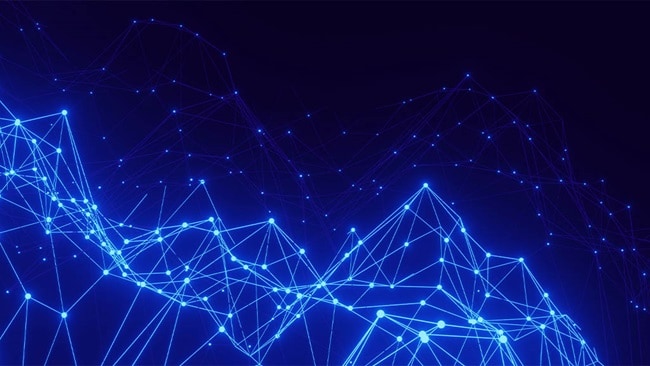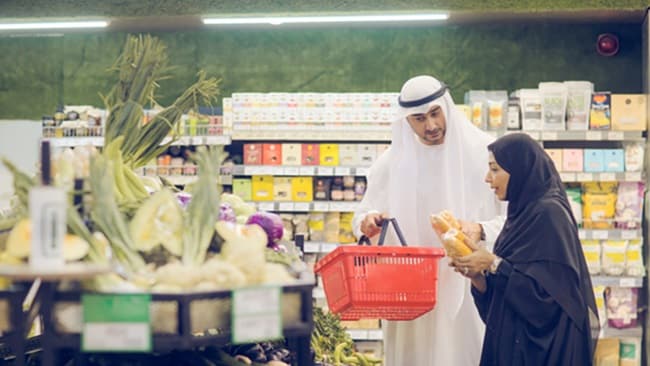Cold chain logistics refers to the logistics processes of handling, storing, and transporting perishable goods under temperature and atmosphere-controlled conditions aimed to preserve the integrity and quality from production to consumption, such as fresh produce, pharmaceuticals, frozen food, or other goods that are temperature-sensitive.
The complex process of moving and storing items that are sensitive to temperature is essential to international trade, healthcare, and food security. Over the last two hundred years, cold chain logistics has changed dramatically from basic preservation techniques to state-of-the-art systems centred on speed and efficiency.
The idea of keeping a "cold chain" dates back to the 19th century, when ice was first employed to preserve perishable commodities during transportation, according to this ABC News report. Ice harvesting flourished in the early 1800s, providing railcars and storage facilities with natural ice. However, there were challenges to depending solely on natural ice, particularly in warmer climates and for long-distance transportation. Refrigerated rail cars were used in the late 19th and early 20th centuries and began to replace ice-based methods, providing a more reliable means of preserving food and other perishable goods. By the mid-20th century, the growth of supermarkets and the globalisation of trade further expanded the demand for temperature-controlled logistics.
Cold chain logistics then expanded beyond food to other items such as chemicals, pharmaceuticals, and other delicate items as the supply chain potential grew. These days, cold chain logistics is a highly specialised sector supported by a variety of cutting-edge technologies intended to improve productivity, guarantee product integrity, and satisfy legal requirements.
Here are some examples of developments that have influenced the evolution of cold chain logistics:
- The introduction of Real-Time Monitoring and IoT: Cold chain logistics has been completely transformed by the Internet of Things (IoT), which makes it possible to monitor vital information like vibration, temperature, and humidity in real-time. Continuous updates from IoT sensors and GPS trackers enable people to spot possible problems early on and fix them before they affect the quality of the final product. For example, pharmaceutical companies use IoT devices to ensure vaccines remain within their required temperature ranges during delivery.
- The use of advanced refrigeration and energy solutions: Modern refrigeration systems are highly energy efficient and maintain optimal temperatures with limited energy usage. Natural and other ultra-low global warming potential refrigerants are at the forefront in driving both efficiency and sustainability, combined with the latest technologies in heat recovery and insulation materials. Solar and wind-powered systems providing energy supply are increasingly utilised to reduce the carbon footprint and increase energy reliability, particularly in regions with limited access to electricity.
- The growth of AI and predictive analytics: Artificial intelligence and machine learning are being used to optimise cold chain operations. By using AI tools such as predictive analytics, demands can be forecasted, disruptions can be identified in time, and efficient routes and storage conditions can be recommended. An example of this is how AI algorithms can analyse historical data to predict when refrigeration units might fail, enabling early maintenance.
The growth of Healthcare Logistics
The COVID-19 pandemic highlighted the critical role of cold chain logistics in global healthcare. It became very clear how temperature-sensitive and time-sensitive vaccines and other medicines are. Logistics providers are investing heavily in expanding their cold chain capabilities, including building temperature-controlled warehouses and developing specialised transport solutions.
The growth of cold chain logistics reflects the technological trends that are taking over multiple advancements in various industries globally. The challenges of preserving and transporting temperature-sensitive goods remain at the forefront of logistics companies. By embracing these trends and investing in the needed technology, the industry can ensure the safe, efficient, and environmentally responsible delivery of goods.
Stay ready! Discover the forecasted 2025 cold chain logistics trends and explore what cold chain logistics solutions are available at Maersk.
How can you digitise your supply chains?
As e-commerce offering is getting higher, so are customers' expectations for a unified, easier experience. This can be achieved through the digitalisation of logistics which can simplify, connect, and optimise supply chains from end to end.
Learn more about how Maersk can help with the digitalisation of logistics.
Sign up to The Logistics Pulse newsletter
You did it, welcome onboard!
We're sorry, but there was a problem sending your contact request.
Please review the form fields and ensure all required information is provided correctly. If the issue persists, please contact our support team for further assistance.
Sign up to The Logistics Pulse newsletter
Receive our insights directly in your mailbox by signing up through this form and enter a world of truly integrated logistics. Get inspired by our selection of articles that help you navigate supply chains, understand industry trends, and shape your logistics strategy. You can unsubscribe anytime.
I agree to receive logistics related news and marketing updates by email, phone, messaging services (e.g. WhatsApp) and other digital platforms, including but not limited to social media (e.g., LinkedIn) from A. P. Moller-Maersk and its affiliated companies (see latest company overview). I understand that I can opt out of such Maersk communications at any time by clicking the unsubscribe link. To see how we use your personal data, please read our Privacy Notification.
By completing this form, you confirm that you agree to the use of your personal data by Maersk as described in our Privacy Notification.













